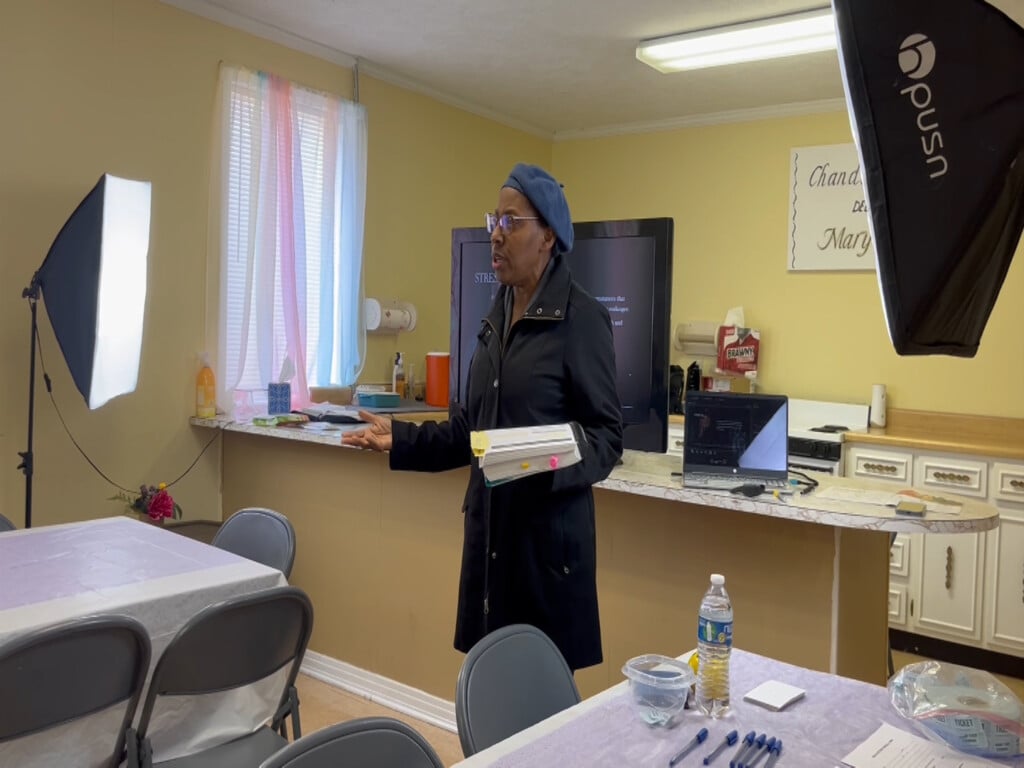Sea turtles are thriving now that people are stuck indoors
Stay-at-home orders have forced millions of people to stay indoors to prevent the spread of coronavirus. Now, as summer approaches and beaches remain void of people and pollution, sea turtles are finally able to nest peacefully — and they’re thriving.
Sarah Hirsch, senior manager of research and data at Loggerhead Marinelife Center, told CBS News affiliate WPEC that “it’s going to be a very good year for our leatherbacks.”
“We’re excited to see our turtles thrive in this environment,” Hirsch said. “Our world has changed, but these turtles have been doing this for millions of years and it’s just reassuring and gives us hope that the world is still going on.”
All seven species of sea turtles are endangered. According to the National Oceanic and Atmospheric Association (NOAA), the largest threats sea turtles face in the U.S. are damages to nesting habitats, accidentally getting captured by fishermen, debris entanglement and getting hit by marine vessels.
A study conducted at the University of Florida in 2016 found that removing debris from the beach can increase the number of nests by as much as 200%.
In Juno Beach, Florida, researchers from the Loggerhead Marinelife Center have found at least 69 nests, which is “significantly more than normal” for the 9.5 miles of beach they include in their research, according to CBS Miami. According to the center, only 1 in 1,000 sea turtle hatchlings live to be adults, and all of the hatchlings the center takes in have ingested microplastics.
Florida reported more than 395,700 sea turtle nests in the 2019 nesting and hatching season, according to the Florida Fish and Wildlife Conservation Commission. Many nesting sites are along the beaches that double as popular tourist destinations, including in Fort Lauderdale, Miami, and the Florida Keys. Nesting and hatching season lasts from March 1 to October 31.
In Tortuguero, Costa Rica, the Sea Turtle Conservancy announced Friday that they counted 45 leatherback turtle nests, three green turtle nests, and one hawksbill nest.
The first Kemp’s ridley sea turtle nest was discovered in Texas on April 11, which the Padre Island Division of Sea Turtle Science and Recovery says is about 10 days earlier than last year. They wrote on Facebook that they hope it’s a sign of a “busy nesting year.”
The Loggerhead Marinelife Center and other sea turtle researchers have said they are optimistic about how coronavirus will impact the rest of the nesting season.





Leave a Reply